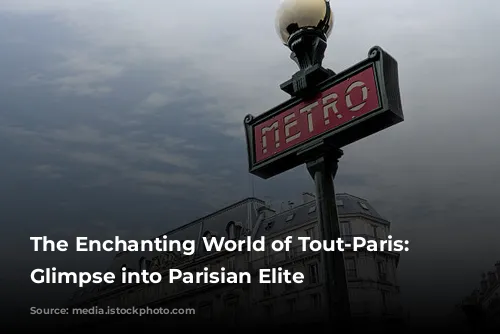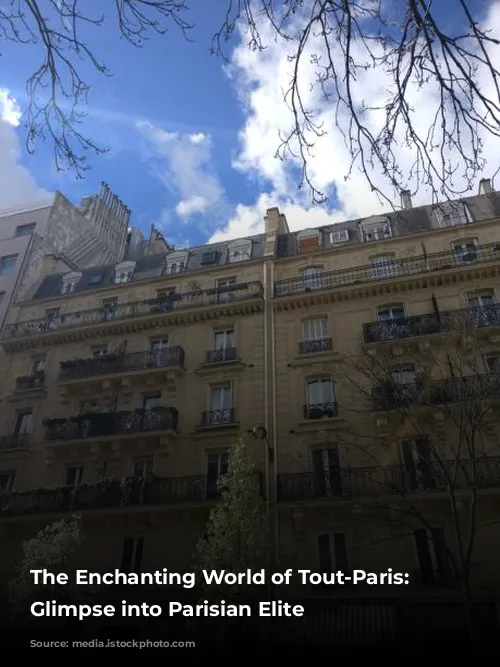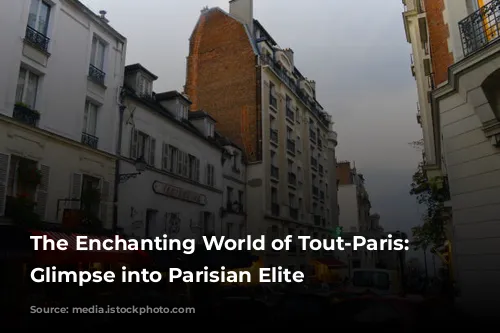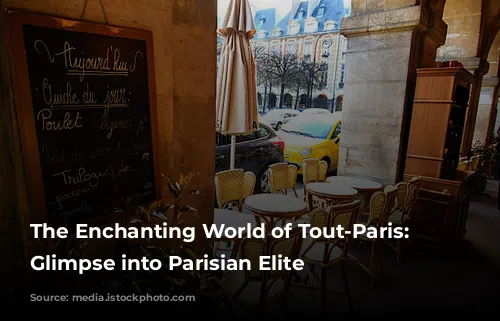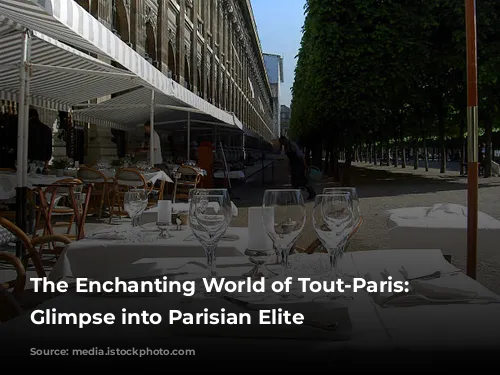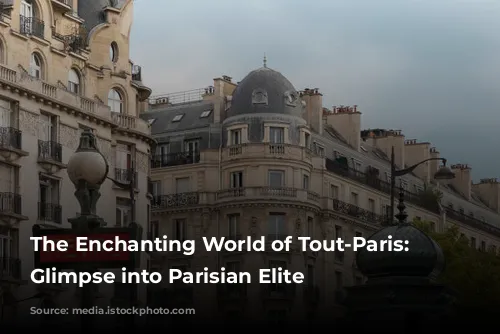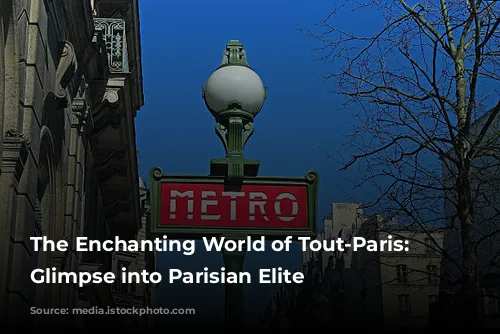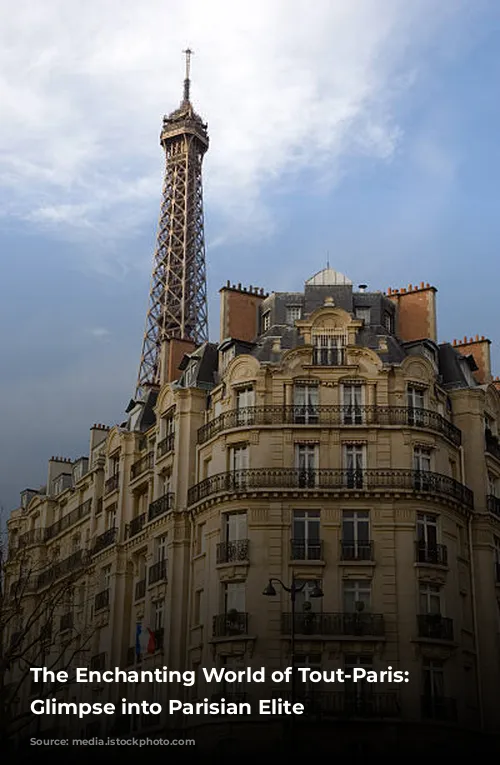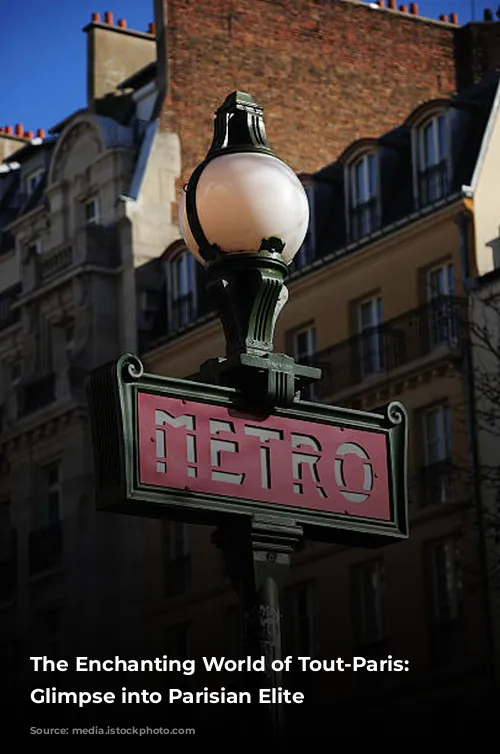Imagine a world where the most stylish and affluent individuals in Paris gather, shaping the trends and setting the standard for high society. This exclusive group, known as Tout-Paris, holds a unique place in the city’s cultural landscape.
Origins of Tout-Paris: A Legacy of Influence
The term Tout-Paris, meaning “All-Paris,” emerged in the 17th century, initially referring to the aristocratic elite who dominated Parisian society. Nicolas Boileau, a renowned poet, used the phrase in his writings, acknowledging the sway these influential individuals held over the city’s cultural scene. He even highlighted their impact on the popularity of Pierre Corneille’s play El Cid.
By the 19th century, the French Revolution and the rise of Napoleon led to a shift in the composition of Tout-Paris. New elites emerged, forging a distinct social class that played a pivotal role in the city’s affluent culture. Historian Anne Martin-Fugier traces this transformation to the beginning of the 19th century, marking a defining moment in the evolution of Tout-Paris.
Tout-Paris: A Hub of Artistic and Social Influence
The Belle Époque era of 19th-century Paris saw the rise of a vibrant Tout-Paris community. This group, composed of writers, politicians, bankers, and prominent artists, defined Parisian “good taste” through their fashionable lifestyles. They frequented elegant neighborhoods and attended theater performances and embassy receptions. Their leisure activities, like horse racing and seaside vacations, set trends that were widely celebrated by the media.
A glimpse into the life of Tout-Paris can be found in an article published in Le Gaulois in 1895. The article, titled “Mondanités: Paris hors Paris” (Worldly Events: Paris outside of Paris), documented the presence of renowned figures like composer Camille Saint-Saëns at the coastal resort of Dieppe. It highlighted the social prominence of Count and Countess Louis de Talleyrand-Périgord, M. Josselin de Rohan, Mme Madeleine Lemaire, M. Marcel Proust, and M. Reynaldo Hahn, emphasizing their presence as the epitome of Parisian elite.
Tout-Paris: Beyond the Ballroom and the Salon
The literary realm also held a special place within the Tout-Paris community. Poet Charles Baudelaire, writing in 1841, described Tout-Paris as a group of influential individuals who shaped public opinion and were always the first to recognize emerging talent. This group played a crucial role in shaping the literary landscape of the time.
The Evolution of Tout-Paris: A Legacy of Trendsetting
During the Belle Époque, Tout-Paris became an exclusive club with its own rules and regulations. The publication of the Annuaire du Tout Paris (Tout Paris Annual) in 1901 further solidified its status. Marcel Proust, a prominent writer, was among its readers. The Bottin mondain (Directory of the High Society), established in 1903, provided a list of prominent Parisian personalities.
Tout-Paris became associated with specific fashionable places in Paris, including Maxim’s restaurant, the Bois de Boulogne forest, and the seaside resort of Deauville. These locations served as venues where the elite gathered, setting trends and influencing the city’s cultural scene. The power of Tout-Paris extended to the realm of art, literature, and politics, where it could make or break reputations.
Tout-Paris: A Modern Interpretation
In the 1950s, Tout-Paris shifted its focus to trendy nightclubs. Places like Régine became the new hub for celebrities, attracting notable figures like Françoise Sagan, Jean-Claude Brialy, Jacques Chazot, Françoise Giroud, and Yves Saint-Laurent. This shift highlighted the evolving nature of Tout-Paris, reflecting the changing social landscape of the city.
Today, the term Tout-Paris has expanded to encompass a broader group of individuals, including arts personalities, athletes, media figures, and politicians. While its original meaning of a purely aristocratic group has somewhat faded, Tout-Paris still refers to those who command attention in Parisian society, as seen in their presence at events such as concerts, galas, premiers, art gallery openings, and nightclubs.
Tout-Paris: A Reflection of a Global Phenomenon
With the advent of global travel and fashion, the concept of Tout-Paris has evolved to encompass a wider scope. It is often used interchangeably with the global jet set, highlighting the international nature of trendsetting. The rise of the tabloid press in the 20th century has further contributed to the public perception of Parisian celebrity. Publications like Paris Match, which blended entertainment and current events, further cemented the connection between Tout-Paris and the world of celebrity.
In conclusion, Tout-Paris represents a unique and evolving group of individuals who have shaped Parisian culture for centuries. From the aristocratic elite of the 17th century to the modern-day celebrities, this exclusive group has continuously influenced the city’s social scene, setting trends and shaping public opinion. Its impact continues to be felt today, as the concept of Tout-Paris resonates with the global jet set and reflects the enduring allure of Parisian elegance.

